445 Views
4 Ways YOU Can Help the Pollinators

by
Julie @ Southern Wild Design
(IC: professional)
It’s a shocker to learn that the little annoying insect that keeps buzzing around your head may be responsible for your food supply. Geez…if the weight of the world’s food supply were on my shoulders, I would definitely be buzzing about…in a wine sort of way!
Did you know that in the U.S. alone, pollinating insects produce over $40 BILLION worth of products annually? (So if money gets you buzzing, then your ears should be perking up now!) Without pollinators we would not have almonds, coffee, chocolate, and tequila (the important stuff) and then of course there are the fruits and vegetables, spices, and medicines. It is estimated that one out of every three bites we take depend on the pollinators. These little guys are probably the most overworked and under appreciated of all our workforce.
What is Pollination?
Meet the Pollinators
The cool kids on the pollinator block are the honey bees and the monarch butterflies. These are the rock stars—the poster children—of all the pollinators. But worldwide, there are an estimated 200,000 species that act as pollinators. Of these, there are about 1,000 species that are…now get this…vertebrates! That means we can also thank some birds, bats, and even monkeys, lemurs, possums and lizards!
Bees are not the only populous pollinators. Others include:
4 Ways You Can Help the Pollinators (for details on each, see the blog)
Pollinator Week is June 15-21, 2015!
Enjoyed the project?
Published May 29th, 2015 4:32 PM




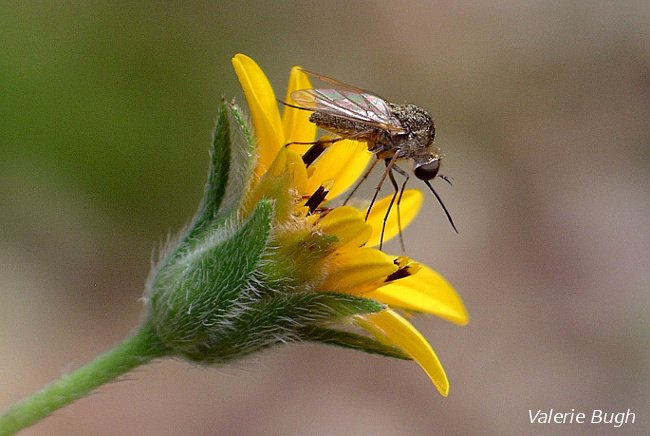






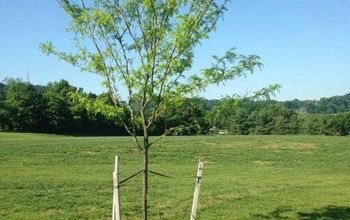




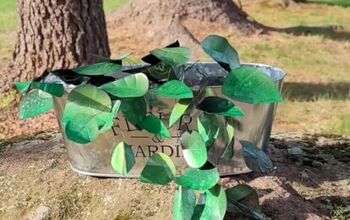
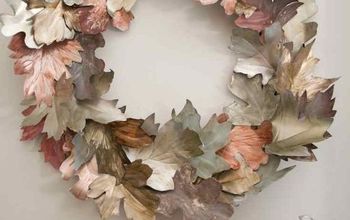









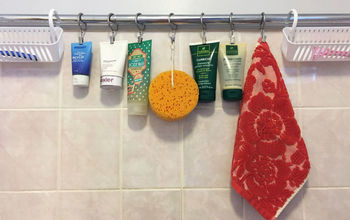

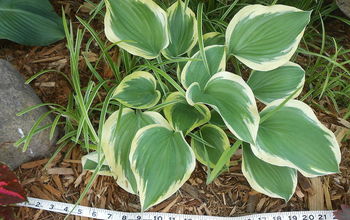



Frequently asked questions
Have a question about this project?